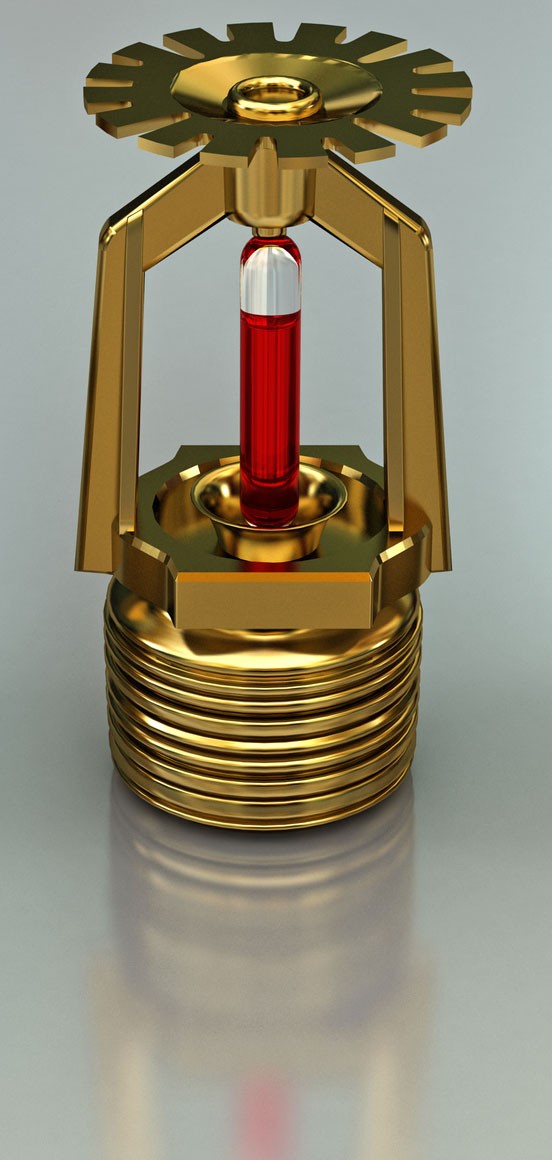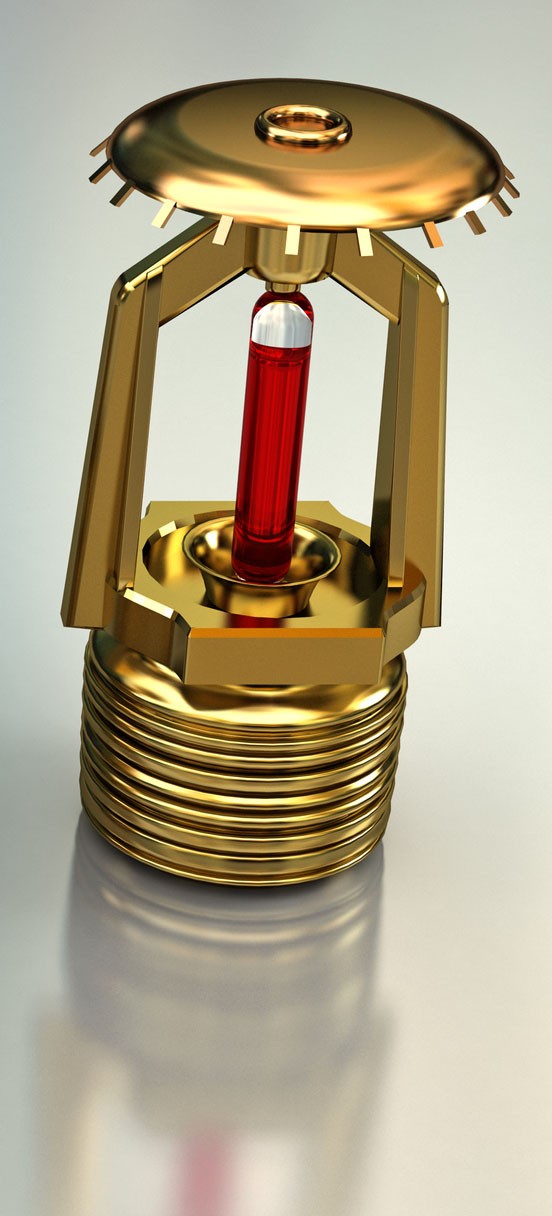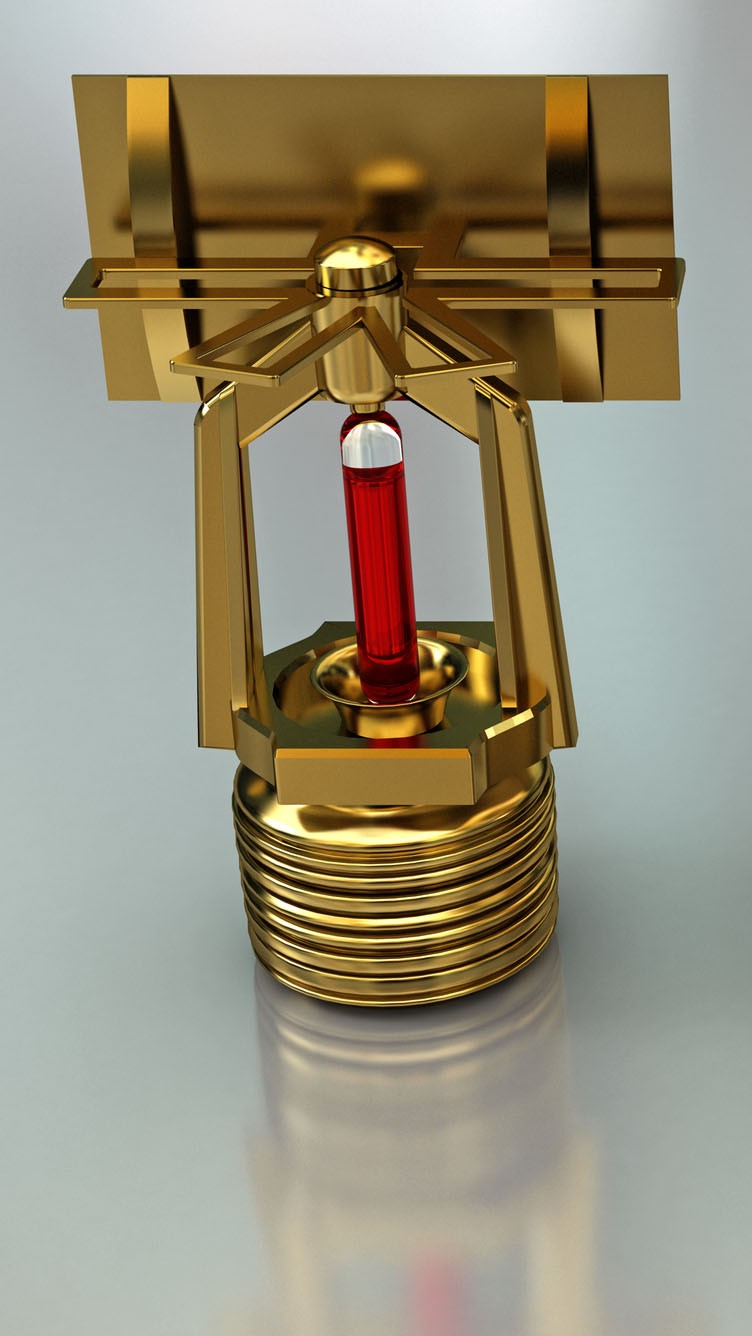Archive for December 2020
How Visual Cues Help In Fire Safety

Visual communication has become a proven and worldwide famous tool for the workplace's safety in fire hazards. The tool helps employees understand all essential safety measures and practice them at the workplace to ensure the vicinity's safety that provides the facility's safety and improves the employees' emergency response at the time of emergency.
Employees should attend safety training in visual communication tools. If the employees are not trained on the visual signals, they won't follow the visual signals in case of any emergency, leading to a disaster. To effectively implement these visual signals at the workplace, the employees must know what they mean and how to use them. The effective use of visual communication will help the organization create better workplace safety and standardization of 5S at all levels.
Examples of Fire Safety
There are different forms of visual communication companies can use for workplace safety. Wall signs are the most important type of visual communication. These signs are primarily used for fire safety and to alert people to use emergency exits. These signs help people identify necessary safety equipment like fire extinguishers and PPE or any other available equipment at the facility. Wall signs are proven useful against fire safety as they are easy to approach, eye-catching due to their contrasting colors, mostly having red text with white background to make anyone alert.
Companies can use floor markings as another tool of visual communication for the fire safety of their facility. Floor markings can include signs like fire extinguishers, electrical panels, and potentially dangerous areas identification using the red floor tape. Floor markings are more useful than wall signs because they can cover more area and give a complete track to follow in an emergency. For floor markings, the use of tape markings is quite useful to chalk out plans for emergency response, particularly the use of glow-in-dark tapes. This type of tape is used to mark emergency exits and set a pathway to follow in a power failure.
Machine and pipe labeling is another type of visual communication that ensures fire safety concerning devices and pipelines. However, it is quite dull but essential to mark all the machines and pipes in a factory or manufacturing unit to prevent potential fire hazards. Every device must carry labels conveying the information on how to use it and what safety equipment to use for operating a particular machine. Especially machines used for welding/cutting must be handled with care using the safety equipment as they can result in fire eruption. Similarly, pipelines carrying potentially dangerous gases and liquids must-have a label on them for compliance with ANSI and OSHA regulations and prevent employees from accessing or opening them without SOPs. It will help employees to report any spilling or leakage to the emergency teams.
Employees and Management can make the workplace safe if they are appropriately trained in using the different forms of visual communication that can help prevent fire hazards.
Is NFPA 25 Mandatory

Complying with NFPA 25 is mandatory for businesses to ensure their fire protection systems operate optimally and avoid hefty penalties upon violating the code.
NFPA 25 is a globally recognized compliance baseline for inspection, testing, and maintenance (ITM) of water-based fire suppression systems. This standard's objective is to verify the integrity and efficacy of the systems and ensure they operate optimally in case of a fire breakout. It specifies the minimal care and amount of work required to maintain the systems. In the US, this standard has been adopted in most states through either the building code or the fire code.
What is the Importance of NFPA 25?
Once you install a system, the NFPA 25 standard provides a suggested timeline and frequency to conduct specific requirements - Inspection, Testing, and Maintenace.
Inspection: A meticulous examination of the system to detect physical damages and signs of corrosion, deep dents, or any other flaw.
Testing: A physical testing of the system ensures it withstands immense pressure during operation and has no leakage.
Maintenance: Experts perform jobs to repair or maintain the system, like replacing disposable components or reinstalling the hose and tamper seal.
It is mandatory to conduct ITM monthly, quarterly, or annually. According to NFPA 25, the property owner or designated representative is accountable for the fire protection system's overall maintenance. During monthly inspection, the on-site fire protection person should examine the pipe system gauges, ensure water pressure maintenance, and inspect the alarm valves.
However, you must outsource quarterly and annual ITM services to licensed fire protection experts. They will determine the facility's safety by identifying areas or processes that could jeopardize people or property during a fire breakout. In case hazardous conditions are determined to exist, recommendations will be made to fix the issues in a reasonable time frame. Thus, you will ultimately take your facility's safety to the next level while complying with the NFPA 25.
You are also advised to retain all the recent inspections and test records and be prepared to show them to the service provider when requested. Keeping these inspections up-to-date will help you avoid fire protection system failures and code violations.
NFPA 25 Inspection – Things to Keep in Mind
Preparing for an NFPA 25 inspection can be stressful if it's your first time. This is especially true for premises that have gone through significant remodeling and require a completely new look at their safety systems. While it's not always a mandatory part of running any property, it's a good idea to follow the guidelines laid out in the regulation as closely as possible. This can not only save lives if something eventually goes wrong, but it can also contribute positively to your bottom line in terms of time and money invested in the maintenance of your buildings.
Is an NFPA 25 Inspection Mandatory?
The NFPA 25 inspection standard is just that – a standard. It's not a legal regulation that dictates how often your premises should be inspected, contrary to what some believe. However, it may still be mandated on a local level through various laws and regulations, and it's essential to pay attention to those if you want to ensure that you're compliant. Check your local building codes, get a consultation with a specialist – or even submit an inquiry to the fire marshal, depending on how these regulations are structured in your region. But as we mentioned above, it's a good idea to submit your premises for an NFPA 25 inspection regularly, even when it's not a strict legal requirement.
How Frequently Do I Need to Have My Systems Inspected?
NFPA 25 provides various suggested inspection frequencies for the different components of your fire suppression system. Many elements can be checked quarterly or even annually – such as pipes and fittings, sprinklers, spare emergency sprinklers, and more. However, others require a much more systematic approach, such as control valves (which have to be checked weekly or monthly depending on their type). Your sprinklers will typically have to be sample-tested every five years, and there are also 10- and 20-year testing periods for different types of sprinkler systems. Some system components depend on their manufacturer's guidelines for their testing frequency, so you'll have to consult them to ensure that you're compliant.
NFPA 25 Testing Requirements
Standard for the Inspection, Testing, and Maintenance of Water-Based Fire Protection Systems
NFPA 25 is the baseline for inspection, testing, and maintenance of water-based fire protection systems. Compliance helps maximize system integrity to avoid failure and ensure fast, effective response in a fire emergency.
Usually, only parts of a system must be tested to validate the fundamental component for passing the inspection. For example, with sprinklers, you're generally required to test around 1% of the ones connected to a specific system. However, the number must not be less than four. You should consult with an inspection specialist to ensure that you're not missing any important details, which is a real risk when it comes to something as complicated as an NFPA 25 inspection. There are also specific requirements that might prompt further inspection – such as the presence of corrosion on certain elements. Leaks should be reported before the inspection so that additional attention can be paid to their area.
How do I prepare for a fire inspection?
It isn't much you should do specifically to get things ready for an NFPA 25 inspection other than to do a rudimentary check on your sprinklers, valves, and pipes to ensure that there are no obvious signs of corrosion or leaks. If you are dry-testing individual components, make sure that you know where the shutoff valve is. Sometimes you may need to kill the flow in advance to ensure that the system will be in a proper condition for testing when it comes. If in doubt, consult a specialist in advance to be sure that everything will be prepared adequately.
It's a good idea to take notes during the inspection to ensure that you'll be better prepared in the future. This is the kind of process where you can benefit from prior knowledge, even when you support a dedicated specialist assisting you through it. Don't leave any doubts hanging in the air either, because it's better to resolve those questions well in advance rather than finding out that you have to modify the test – or postpone it all together – in the middle of the whole ordeal. When done right, this is a relatively hassle-free process that will ensure that everything is in order with your building in the long term when it comes to fire safety.
Final Words
Fire protection systems minimize the risk of damage and loss of lives by quenching fire within seconds. These systems suffer wear and tear issues like any other building system. The regular, timely inspection and testing of the fire protection systems as per NFPA 25 will ensure that they are optimal and provide your facility with an extra protection level.
Additionally, NFPA 25 is regularly being enforced by the fire department of Orange County. So you must perform mandated inspections to avoid any violations and save yourself from hefty penalties.
What Types of Fire Sprinkler Heads Can You Use in Your Restaurant Fire Suppression System?

Understanding the differences between the various types of fire sprinkler heads available on the fire suppression market is crucial to ensure that you're investing in the best possible system. There aren't that many options to pick from, and all of them are relatively popular. You may see all four fire protection sprinkler heads often in your everyday life but have just not been paying attention to what types of fire sprinkler heads you can use in your Restaurant Fire Suppression System until now. Let's look at what's available and what each type of head is appropriate for.
Pendant Fire Sprinkler Head

This is the one that you'll likely see most often in commercial buildings and other similar environments. A pendant fire sprinkler head is shaped in a circle and hangs from the ceiling. It sprays water downwards, hitting a specially curved plate at the bottom of the sprinkler. This causes the water to spray in a conical shape centered around the fire sprinkler head, effectively covering a large part of the area consistently. The plate has tiny gaps in it to create the spraying effect, and its exact angle may vary from one design to another. The general principle is always the same, though. Pendant fire sprinkler heads are valued for their utility. You can use Pendant fire sprinkler heads in various environments where fire suppression coverage requirements are for a large area with a short coverage time is the primary concern.
Upright Fire Sprinkler Head
An upright fire sprinkler head functions similarly to a pendant, but it's inverted vertically. The sprinkler is placed at a low location (typically on the floor or close to it), pointing upwards. The deflector plate sits on top of the sprinkler and accomplishes the same effect as in a pendant fire sprinkler, forcing water to spray in a circular pattern around the device. Upright fire sprinklers have several applications, and they are commonly found in environments with a more complicated layout, where covering the entire area from above may be an issue. They are often found in industrial settings, where overhanging machinery can pose a problem for pendant fire sprinklers, blocking them partially (or even fully) and limiting their effectiveness. Buildings without a roof also typically rely on upright sprinklers.

Sidewall Fire Sprinkler Head

A sidewall fire sprinkler head is mounted vertically, typically on a wall. It works similarly to the above designs, but the deflector plate is shaped differently to point the water spray in a specific direction – typically downwards. This means that a sidewall sprinkler will usually not spray in a full circle around itself – which may sound like a limiting factor. Still, it's desired behavior in environments where space is limited, and a typical ceiling-mounted fire sprinkler will not be sufficient. Sidewall sprinkler heads are also frequently used to circumvent obstructions in places where an upright fire sprinkler will not get the job done correctly and in tighter environments.
Concealed Pendent Fire Sprinkler Head
Concealed pendant fire sprinkler heads are similar in their overall design to pendant sprinklers. Still, with one significant difference, they are specifically designed to blend into the environment more efficiently, avoiding any aesthetic disturbances. This is typically achieved by integrating the sprinkler into the ceiling itself, with a plate covering its bottom that blends with the ceiling's design, concealing the device. The plate is designed to fall automatically when a certain temperature threshold is reached. To ensure proper, unobstructed operation of the fire sprinkler, that threshold is typically below the activation temperature of the sprinkler itself. That way, there is some delay between the plate falling, and the sprinkler activates.
Majestic Fire Protection serves many companies with complex buildings designs that require multiple types of fire sprinkler systems, fire sprinkler heads to be installed. This method of multiple systems design ensures proper coverage of more complicated areas. In some cases, numerous sprinklers of different types may even be deployed in the same room. This is common in environments with heavy machinery and other factors that restrict the spreading of water from the fire protection system. Plumbing can be a significant challenge when installing complicated fire sprinkler systems services. The existing conditions may not facilitate all designs equally well, so an alternative approach may be required. Well, I hope this article has helped you in your decision process for What Types of Fire Sprinkler Heads Can You Use in Your Restaurant Fire Suppression System.
Fire prevention 101: The basics on restaurant fire safety. (2017). Retrieved December 14, 2020, from https://www.restaurant.org/articles/operations/fire-prevention-basics-on-restaurant-fire-safety
Campbell, R. (2020, December 12). Structure Fires in Eating and Drinking Establishments. Retrieved February 14, 2017, from https://www.nfpa.org/News-and-Research/Data-research-and-tools/Building-and-Life-Safety/Eating-and-drinking-establishments

